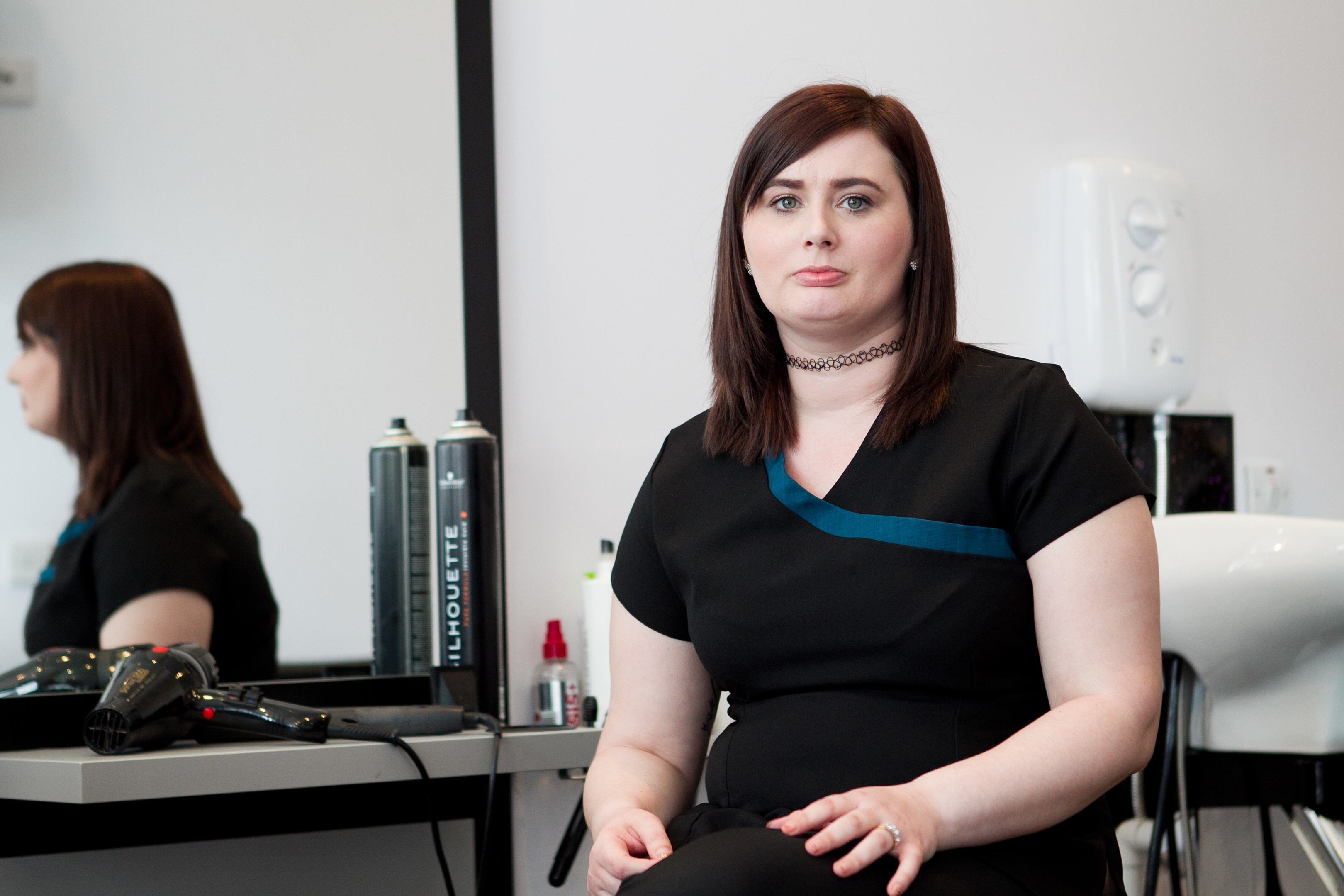
Tammy Buchanan, now 27, fears people will die if ministers press ahead with plans to increase the minimum age at which women get routine smear tests from 20 to 25.
It’s feared the checks cause more harm than good as they can sometimes lead to unnecessary treatments which can lower the patient’s chances of having children.
But hairdressing student Tammy, from Ayr, is convinced the decision to scrap checks for under-25s will cost lives.
She said: “Young women will die because they will be picked up too late. I fear this is a money-saving measure and dread the loss of life. It defies belief.”
At the moment women in Scotland are offered their first smear test checks at their local GP from age 20. They are then invited for screenings every three years until the age of 60.
However, in June, the age range and frequency of the tests will change to three-yearly from age 25 and five-yearly from 50 to 64.
This will bring the minimum age in Scotland into line with England.
The NHS south of the Border ditched smear tests for women under 25 more than a decade ago because cervical cancer seldom affects women so young.
Family healthcare expert Dr Miriam Stoppard described the Scottish Government’s decision as “retrograde”.
She said: “Cervical screening should be available within a few years of becoming sexually active.
“This is because the development of cervical cancer is related to infection with the HPV virus.
“In an ideal world screening should therefore start around the age of 18.”
While rare, around 65 women under 25 are diagnosed with cervical cancer in the UK every year.
It is also the most common form of the disease in women under 35.
The HPV jab, which has routinely been given to 12 and 13-year-old girls since 2008, helps stop infections that trigger 70% of cervical cancers.
Tammy, who is engaged to fiancé Alan, is now trying to get her life back on track after four years recovering from cancer.
She added: “The symptoms of cervical cancer are not always obvious. I was lucky because my diagnosis was made early enough for me to survive but I fear others may not.”
A petition to keep the minimum screening age at 20 in Scotland has attracted more than 14,000 signatures.
However, Cancer Research UK believes, on the balance of evidence, raising the age limit to 25 is the correct decision.
The charity’s Dr Jana Witt said: “Cervical screening is an important way to prevent the disease from developing, but research has shown that, on balance, for women younger than 25 it can do more harm than good.
“This is because changes that screening detects in younger women tend to clear up and are less likely to develop into cancer, so screening may lead to unnecessary tests and treatment.
“Whatever your age, if you notice symptoms such as bleeding between periods, after sex, or after menopause, or any other unusual changes, it’s really important to contact your GP.”
The Scottish Government argues that testing women early also encourages “anxiety” and may increase the risk of miscarriage later on.
READ MORE
Mum tells of desperate race to save 9-month old daughter from cancer
Fresh fears over plastic pitches causing cancer as lab tests reveal carcinogens

Enjoy the convenience of having The Sunday Post delivered as a digital ePaper straight to your smartphone, tablet or computer.
Subscribe for only £5.49 a month and enjoy all the benefits of the printed paper as a digital replica.
Subscribe